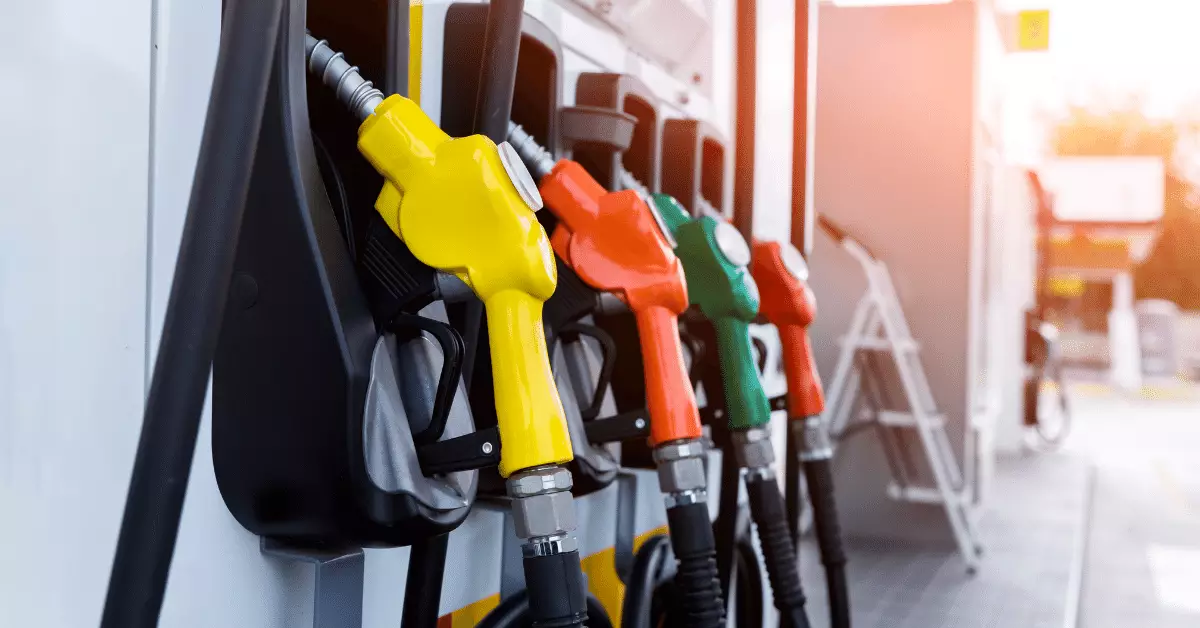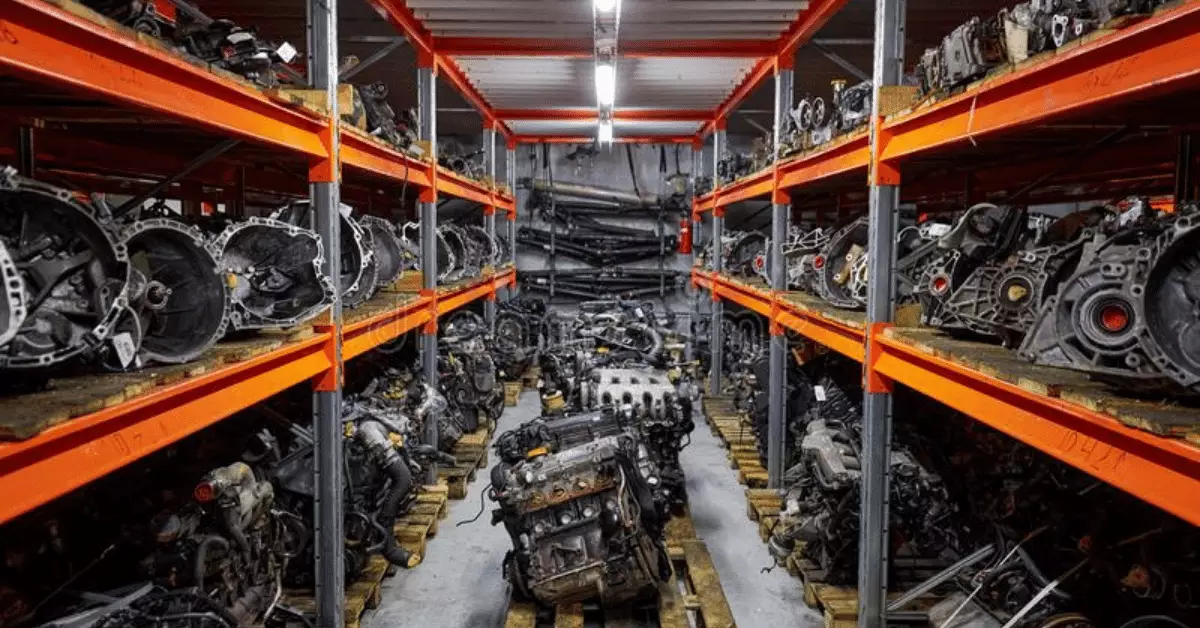
Fuel consumption represents 60% of a fleet’s total costs. Representing the largest expense in managing a fleet, it is often a challenge for managers to monitor fuel consumption.
The current situation of rising fuel prices makes fuel cost efficiency even more of a challenge. The fuel spikes have affected every company to a great extent.
Companies that have a car fleet, made up of several passenger cars or high-tonnage vehicles, recorded negative results, compared to the planned budget.
Fuel is an indispensable resource in transportation, being one of the largest and most important current costs. Any change in fuel prices can have a major impact on transport companies.
To make fuel consumption more efficient and to be able to cope with these cost increases, fleet managers need to find effective solutions and adapt to the situation so as not to affect the optimal performance of the activity. Digital solutions are the fastest, most reliable and cost-effective alternative.
GPS tracking equipment, driver behavior monitoring, fuel consumption recording and the reports they provide are the safest and most effective ways to reduce fuel and fleet management costs in the long term
Solutions for monitoring fuel consumption

It often happens that drivers use the vehicles for personal purposes. That’s why it’s important to use a monitoring system that can help you visualize when the machine goes out of the preset area or if it’s used outside of work hours, avoiding extra fuel consumption.
Avoiding parking with the engine off
Fuel consumption can also be reduced by parking with the engine off.
When the vehicle is parked with the engine running, it causes unnecessary expenses and carbon emissions. Engine restart is equal to the amount of fuel consumed at a 30-second standstill.
A monitoring system allows viewing the time the car spends with the engine running and thus, the driver can be alerted to turn off the engine, even for short periods of stationary.
Avoiding overloading the vehicle
Overloading the vehicle leads to increased fuel consumption, accelerates wear and tear and can create safety issues for the driver and the vehicle.
Sometimes it may be tempting to load more cargo, but this can have less pleasant effects.
Monitoring the driver’s driving style
How drivers use their vehicles is another important factor that can affect fuel efficiency. Thus, monitoring the driving style of drivers behind the wheel is a solution that can reduce some of the unnecessary fuel consumption.
By using the monitoring equipment you can record certain events such as: sudden braking, strong accelerations, driving at a speed above the legal limit.
Constant checking of maintenance work
Vehicles need to be checked that they are always ready to operate at full capacity, otherwise fuel consumption can be affected.
This can be made easier by using a monitoring system that notifies you every time a maintenance job is due (ex: general overhaul, oil change, tire change, brake element change, etc.).
Checking the tire pressure
If the tire pressure is insufficient, rolling resistance and therefore fuel consumption increase. This causes excessive fuel consumption which can vary depending on how much pressure there is in the tires. A trip with “flat” tires increases fuel consumption by at least 4%.
Increasing the aerodynamics of the car
It is advisable not to open the windows on the highway, because your car loses aerodynamics. Consumption will be 5% higher. At low speed in the city, you can leave the windows open, as this does not have such a big impact on fuel consumption.
The use of literometric probes to reduce fuel consumption
The fuel gauge for fleets is an efficient solution that helps reduce fuel costs by up to 25% every month.
This is seen as one of the most accurate and reliable solutions to make fuel consumption more efficient.
The liter gauge measures the fuel level in the tank, stationary or moving. It can be placed very simply in the tank, on any type of vehicle, with one or two tanks.
Any deviation from a normal consumption can be eliminated by using the literometric probe. With its help, significant drops in the fuel level in the tank can be detected.
Fuel withdrawals are completely eliminated, fuel consumption and refueling are monitored in real time and significant drops in the fuel level in the tank can be detected.
The solutions provided by CargoTrack for fuel consumption monitoring
CargoTrack GPS monitoring equipment offers the opportunity to have a very clear view of fuel consumption.
The reports provided by our equipment allow the application of all the solutions we presented above.
The methods for monitoring consumption are:
- GPS monitoring – through which you can be informed, in real time, how the vehicles in the fleet are fueled, the level of fuel in the tank, as well as the recorded consumption, the driving style of the driver, etc.
- Literometric probe
- View fuel consumption in real time
- Fuel tank report
- EcoDrive mode
The CargoTrack solution guarantees an accuracy of 99% in the case of fuel monitoring with the help of the literometer probe. The fuel level sensors measure the fuel over the entire height of the tank, thus avoiding blind spots.
The CargoTrack solution allows you to track fuel level changes, and is the right equipment to reduce your fuel consumption costs.
The smallest details can contribute to fuel savings that, calculated at fleet level, become significant. In one year of activity, these savings



